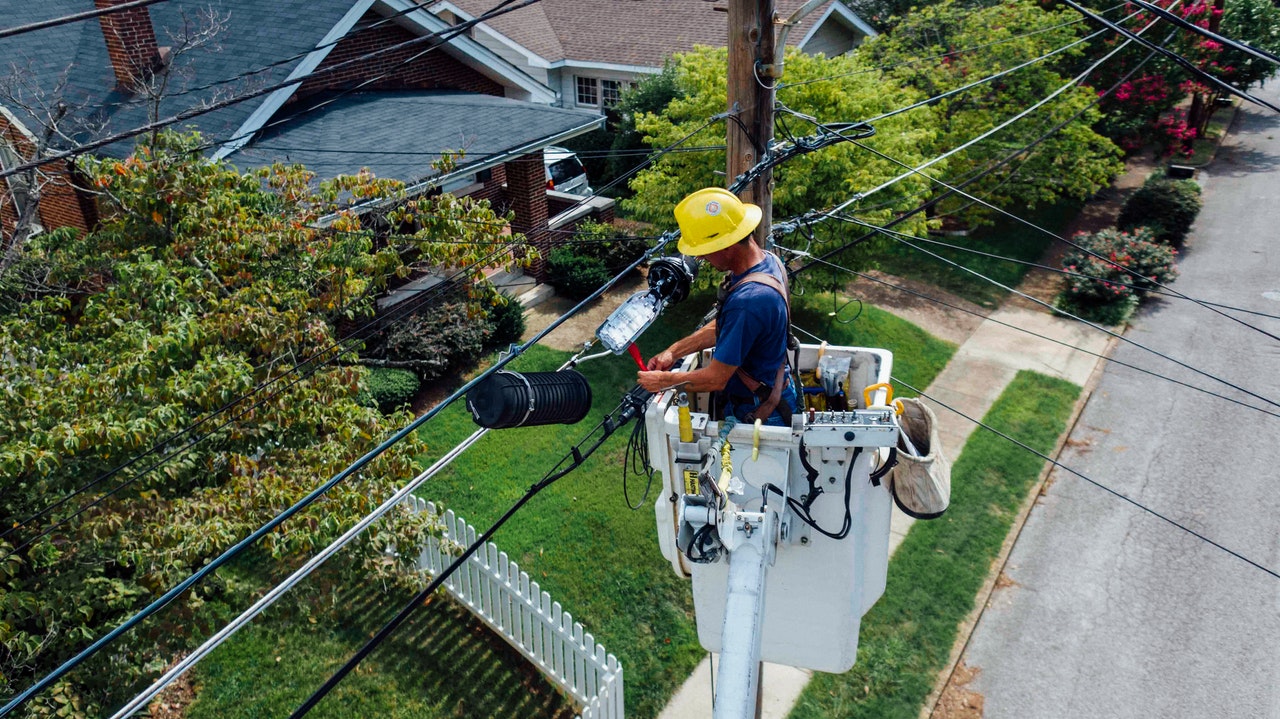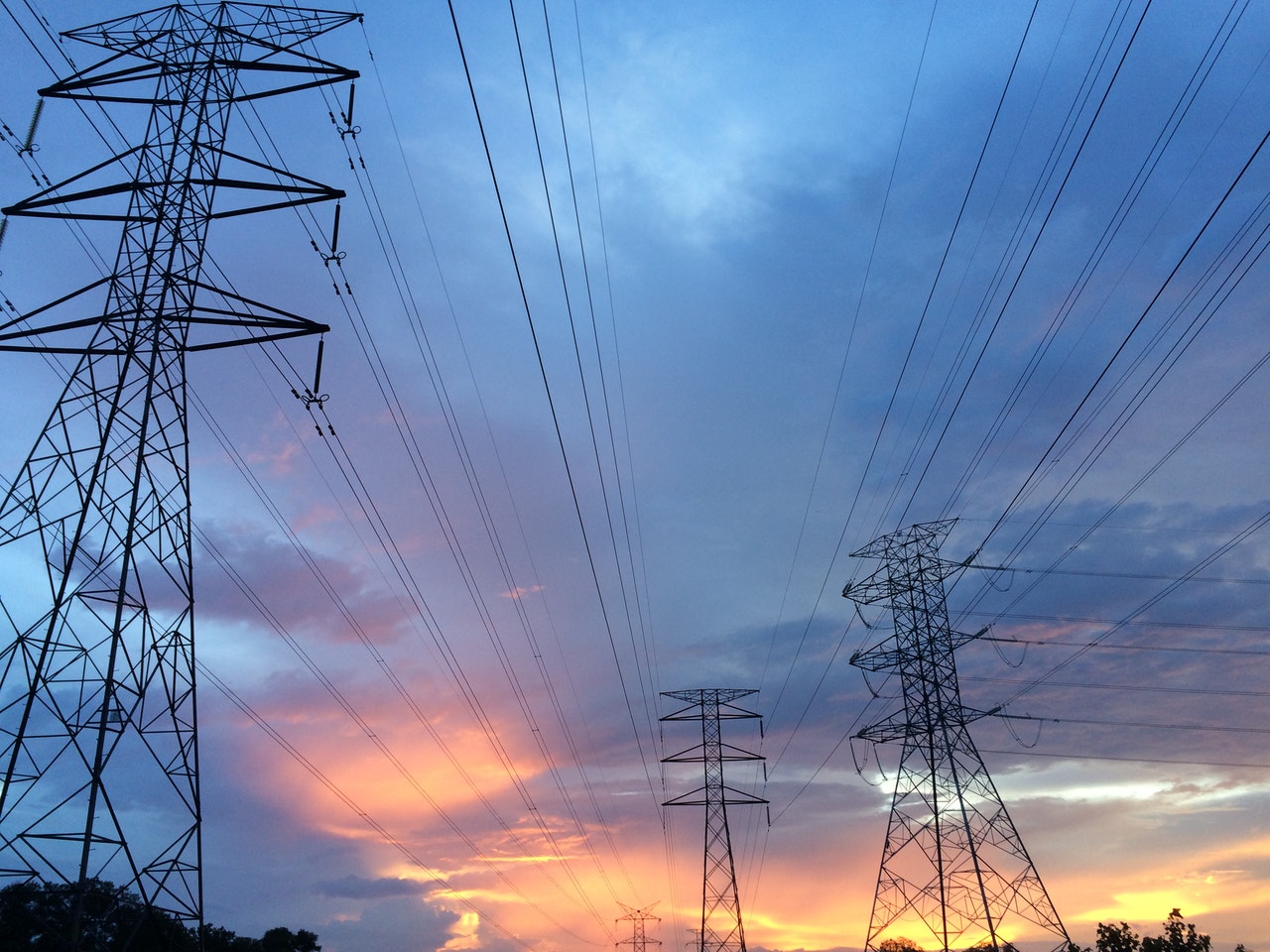Energy is the lifeblood of the modern world. Without it, you cannot use your phone, turn on the lights or even read this article! Nevertheless, people often underestimate the complexity involved in delivering energy efficiently and safely to their homes. This is something left up to the energy companies to deal with, and as such, they manage to come up with inventive solutions that ensure nobody goes without the power vital for everyday life.
How Is Energy Delivered?
Understanding how electricity is generated is essential to answering this question. The energy is derived from fossil fuels or renewable sources from huge generators in power stations. These generators produce massive amounts of raw energy that then needs to be transported to your home. Typically, it will go through high-capacity transformers that boost the voltage to “push” it across large distances. Safety devices known as Group operated disconnect switches or GOAB switches are used. They are a mechanical method of allowing the electricity to flow freely, but will physically disconnect in an emergency like an overload. Without these devices, maintenance is rendered almost impossible. If maintenance crews cannot disconnect the flow of energy, they will be unable to conduct any necessary upgrades or repairs. Furthermore, the physical disconnect means that downtime is kept to a minimum in the event of an overload because the surge will damage only a small amount of equipment.
Some Terminology
If you want to understand how your home gets its energy fully, you will need to understand some terms.
- Voltage: An electric current is measured as a force.
- Amperage: The amount of current flowing through a conducting material.
- Substation: An electrical installation where transformers reduce high voltages to deliver power to customer premises.
- Transformer: An electronic device for raising or lowering electricity’s voltage or current.
- Alternating current (AC): Electric current that alternates its direction periodically.
- Direct Current (DC): A single-direction electric current.
- Conductor: A substance or material through which electricity can flow.
- Distribution Lines: Underground and overhead power lines that provide electricity to homes and businesses throughout cities.
- Fuse: An electrical safety device composed of a metal wire or strip that melts when a preset voltage exceeds a predetermined amperage
- Generator: An electric machine that generates electricity out of mechanical energy.
- Ohms: A unit used to measure the resistance that a material exhibits to electric current.
- Resistance: A material’s ability to resist electrical current.
- Surge: An abrupt increase in voltage.
How Is Electricity Transported Across The Country?
Once the electricity has been created via steam to power generators that change the mechanical energy into electrical energy, it must be transferred to your home to be of any use. The first step will be to go via a transformer, which will massively boost the amount of voltage. This ensures enough energy to transfer over the distribution lines and arrive in any discernible quantity to a substation. Once it has arrived at the substation, it will go through another transform that will lower the voltage to a suitable level to be distributed to your home. Nevertheless, it still needs a relatively large voltage to transport it from the substation around the city. Therefore, once it arrives in your neighborhood, it will pass again through another, smaller, local transformer that reduces it to the required voltage. For many North American households, this is 110V, and for most of the rest of the world, it is 230V.
What Happens Once It Arrives At Your Home?
Once the electricity has been sufficiently reduced in voltage to the correct amount, it will first pass through a meter. This instrument is used to record how much something passes through it, in this case, electricity. These are set up so that the electricity company knows how much energy you are using and can charge you appropriately for it. For residential homes, this is typically the first point of contact. After this, in most houses, it will be split into a consumer unit or distribution board containing fuses to add a layer of safety. These fuses will automatically disconnect the power in the event of a power surge. Once it arrives at the distribution panel, it can get split into all electrical outlets around your home for use in whatever you want.
General Electrical Safety Tips
While there is a myriad of safety features built-in from the instance it has been produced to when it arrives at your home, electricity is always dangerous and should be treated with respect.
Don’t Overload Outlets
Overloading electrical outlets is one of the most common causes of electrical house fires in the USA. It is an easy thing to do; after all, you might not think that adding one more thing to a socket will do any damage. However, even the most minor things like charging your phone could be the straw that breaks the camel’s back and causes the entire system to short out. Moreover, if you are using a low-quality power strip, it can actually catch fire, and if you are not in the house at the time, it could spread and cause severe destruction.
Only Use High-Quality Extension Cords
Like the previous point, a low-quality cord could result in a blown fuse at best and fire at worst. This is often due to a very low conductivity in the wire, which causes the power to be “pushed” harder through it. Typically, the result of anything being forced through something is friction and fire. Higher-quality cords will use more conductive materials and be rated for specific levels.

Make Sure Small Children Are Not Exposed To Outlets
Unfortunately, children seem predisposed to want to stick their fingers or other items into electrical outlets. This isn’t good, for reasons that perhaps don’t need explaining. Therefore, you should make attempts to cover the outlets wherever possible. You can often purchase special outlet flaps from most hardware stores that you install. These covers have child-proof clips that render them unopenable to children.
These days, almost everybody relies on electricity to function. From powering items for entertainment to tools for work, they all need energy. Due to the ingenuity of the electrical industry, it is now safer than ever for them to distribute power around the country.





